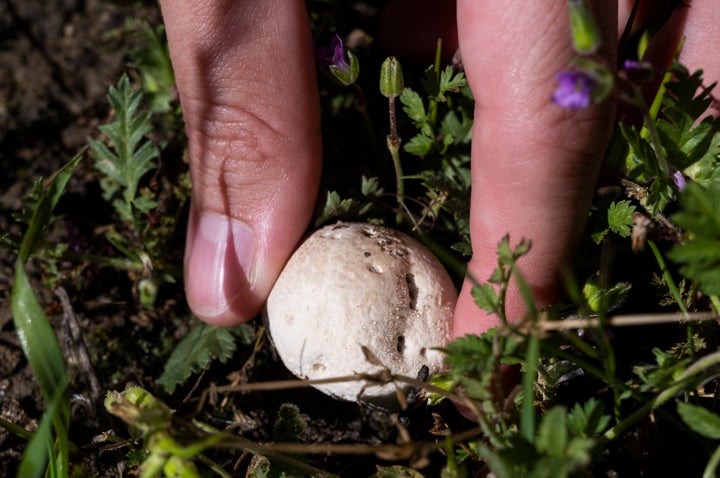
As Britain is living through financial difficulties with the cost of living crisis, people are finding ways to save money and cut down on their financial outgoings. One that is growing in popularity is foraging – obtaining food from nature for free. This is maybe not all that surprising when you consider that 68% of people state that they are noticing and engaging more with nature following the Covid-19 pandemic and lockdowns.
Creators on TikTok have been sharing their own foraging journeys. FindersFeeders on TikTok has over 240k followers and shares tips on finding, cooking, and eating foraged foods with recipes, visual identifiers of edible plants and book recommendations.
Mean while, Foraged By Fern shares tips on using foraged foods not only for eating but as alternatives for traditional hair, body, and medicine choices.
These creators are keen to share the message that foraging your own foods can help you to engage with the great outdoors and save money all the while – so what are some ways we can do it for ourselves?
Where To Find Wild Garlic And How To Use It
If you like garlic but not too much garlic, wild garlic could be for you. While smelling just as strongly as bulb garlic, wild garlic has a much lighter taste and is an ideal addition to soups and salads and of course, makes for an excellent pesto ingredient.
You can find wild garlic in the shady, damp corners of woodlands and forests. It has long, pointed green leaves and throughout spring, it also flowers into white, delicate clusters that make a tasty garnish.
Fortunately if you’re feeling uncertain about whether you’ve found the right leaves, scent should be a great guide for you. As wild garlic grows, it essentially carpets the forest grounds and the smell is unmistakably garlicky.
Ensure that you pick responsibly. Never take more than you need and if there doesn’t appear to be a lot in your chosen area, leave what’s left for the wildlife that relies on it to survive. Wild garlic is bountiful and you can likely find more in a nearby area!
Use Oxeye Daisy In Salads
Surprisingly, the daisies that you see in your garden, parks, and fields can be a great alternative herb. Oxeye daisies or as they’re also known, dog daisies, are entirely edible to humans. If they’re found before flowering, the leaves are fresh-tasting and can be chopped into salads and dressings. The flower buds can be pickled like capers and the petals themselves can be eaten raw or added to salads and desserts.
Oxeye daisy is also plentiful but much like with wild garlic, if the availability seems sparse, move on to the next possible source of the flowers and leave what’s left for the wildlife and insects that rely on it for survival.
Sorrel For Salads and Sauces
With an acidic, lemony flavour, sorrel is an ideal choice for bringing your sauces and soups to life. It can also be used in salads and as an alternative to basil in pesto! It looks like spinach and has arrow-shaped leaves.
Sorrel can be found in meadow grasses and flowers throughout spring and summer and tends to be plentiful but of course, pick responsibly and if the leaves seem old, don’t pick it as they’ll likely be bitter and inedible to humans!
How To Forage Responsibly
Ready to start your foraging journey? The Woodland Trust has some guidelines to keep in mind for foraging responsibly.
- Take no more than you plan to consume
- Seek permission where necessary
- Don’t pick anything that you’re uncertain of
- Only collect from plentiful populations
- Don’t collect rare species